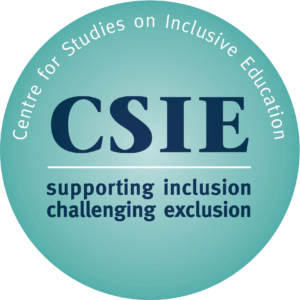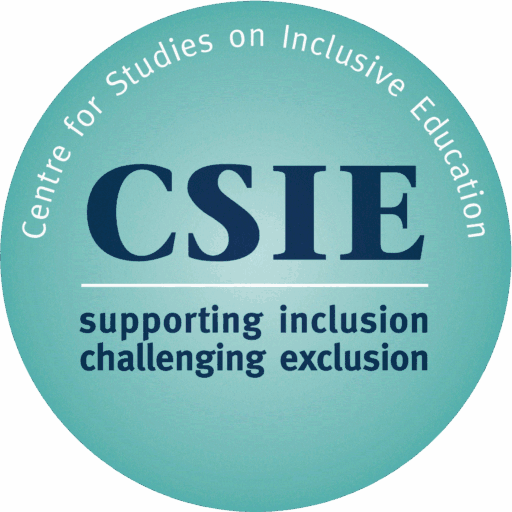Inclusion in education happens when cultures, policies and practices respond to diversity in ways that value everyone equally.
It is shaped continuously, moment by moment, by the quality of every interaction and by every decision about teaching, learning or participation. Interactions and decisions, in turn, depend on the attitudes, beliefs and expectations of people in the setting, and on the setting’s culture.
Inclusion is about everyone: adults as well as children and young people, and not only those with labels of SEND. While the above definitions are clear and helpful, it is important to remember that there is more to inclusion than disability equality.
Another helpful set of ideas about inclusion are in the Index for Inclusion which was previously published by CSIE. The following extract is from the 3 rd edition (Booth and Ainscow, 2011).


